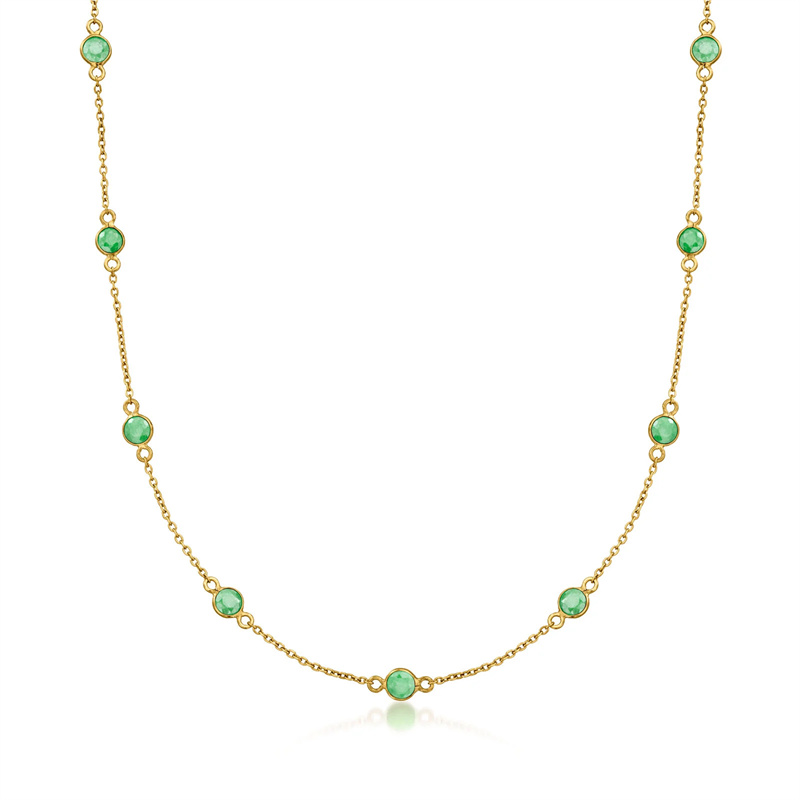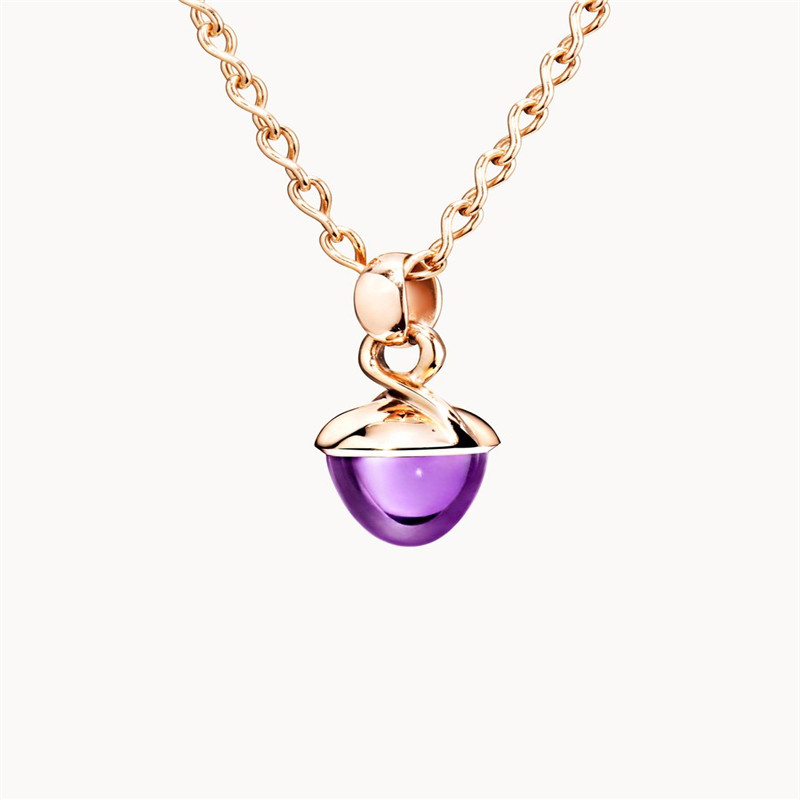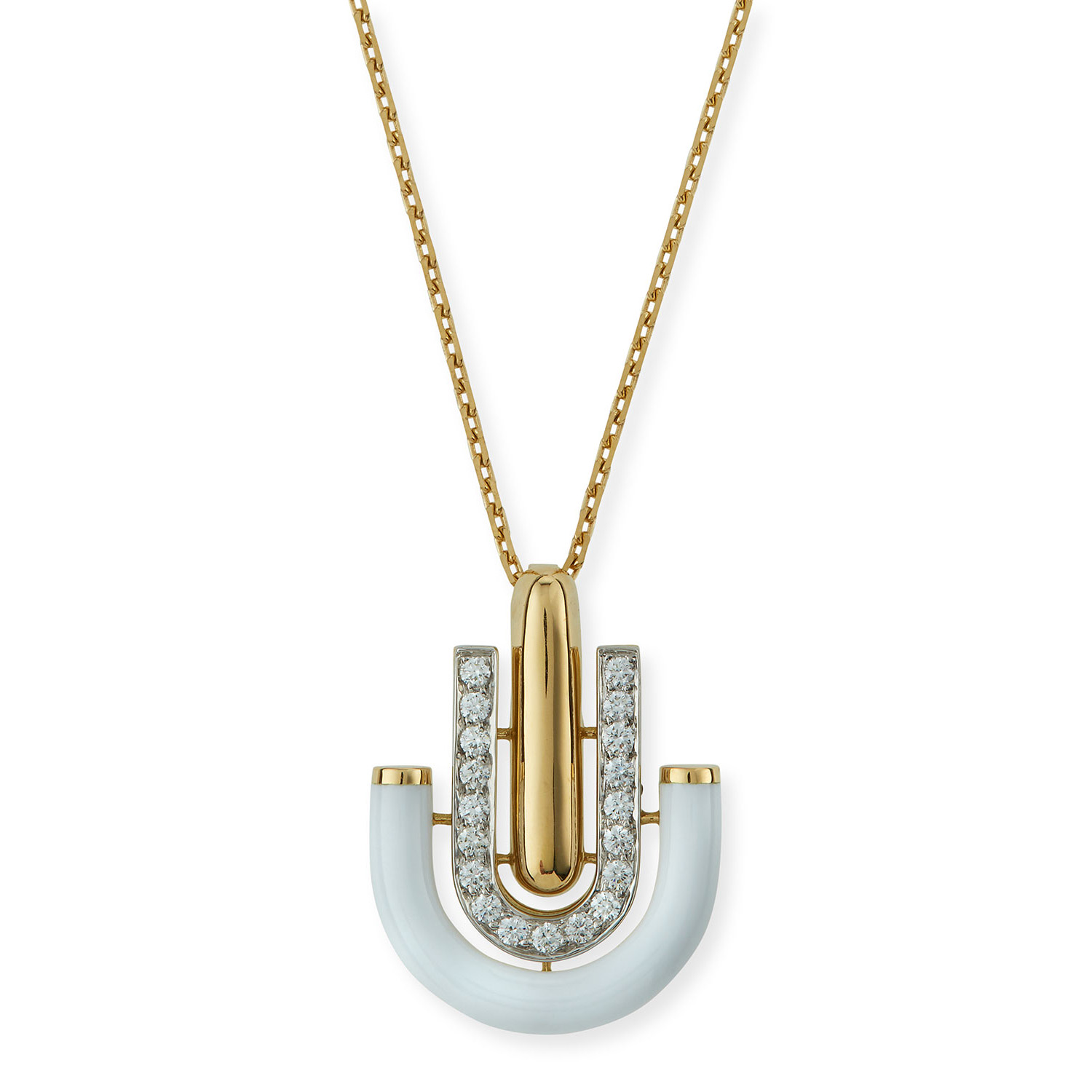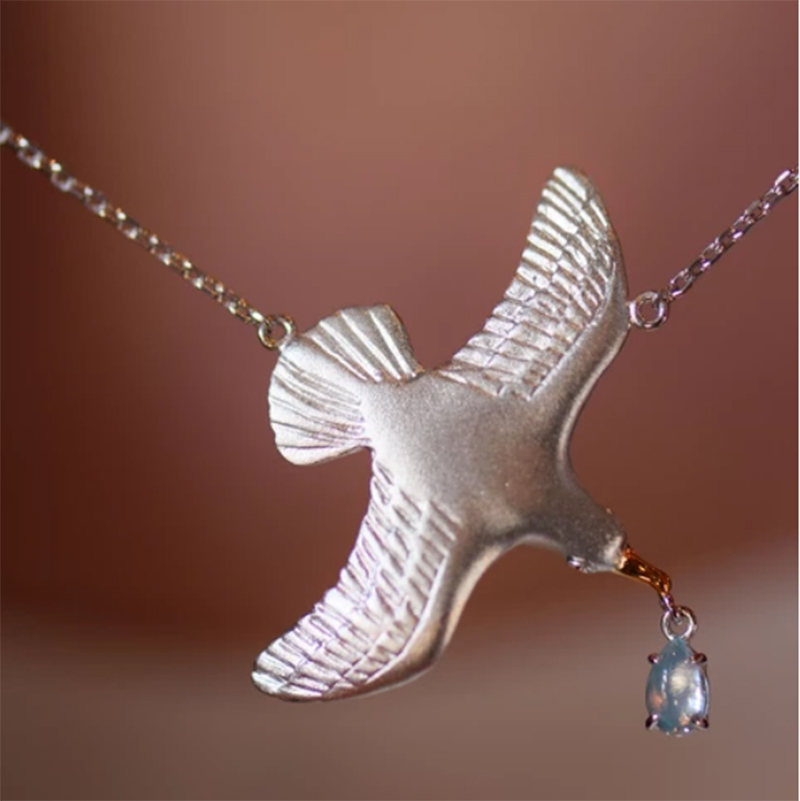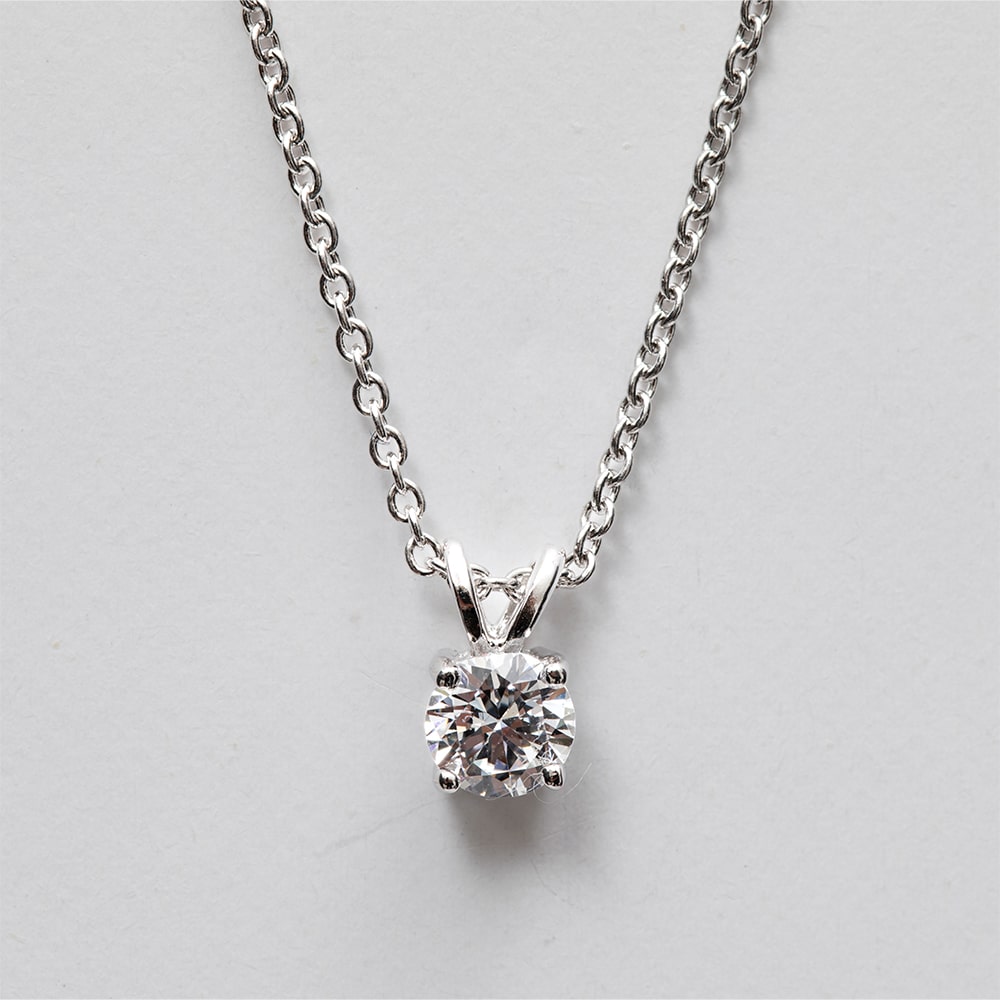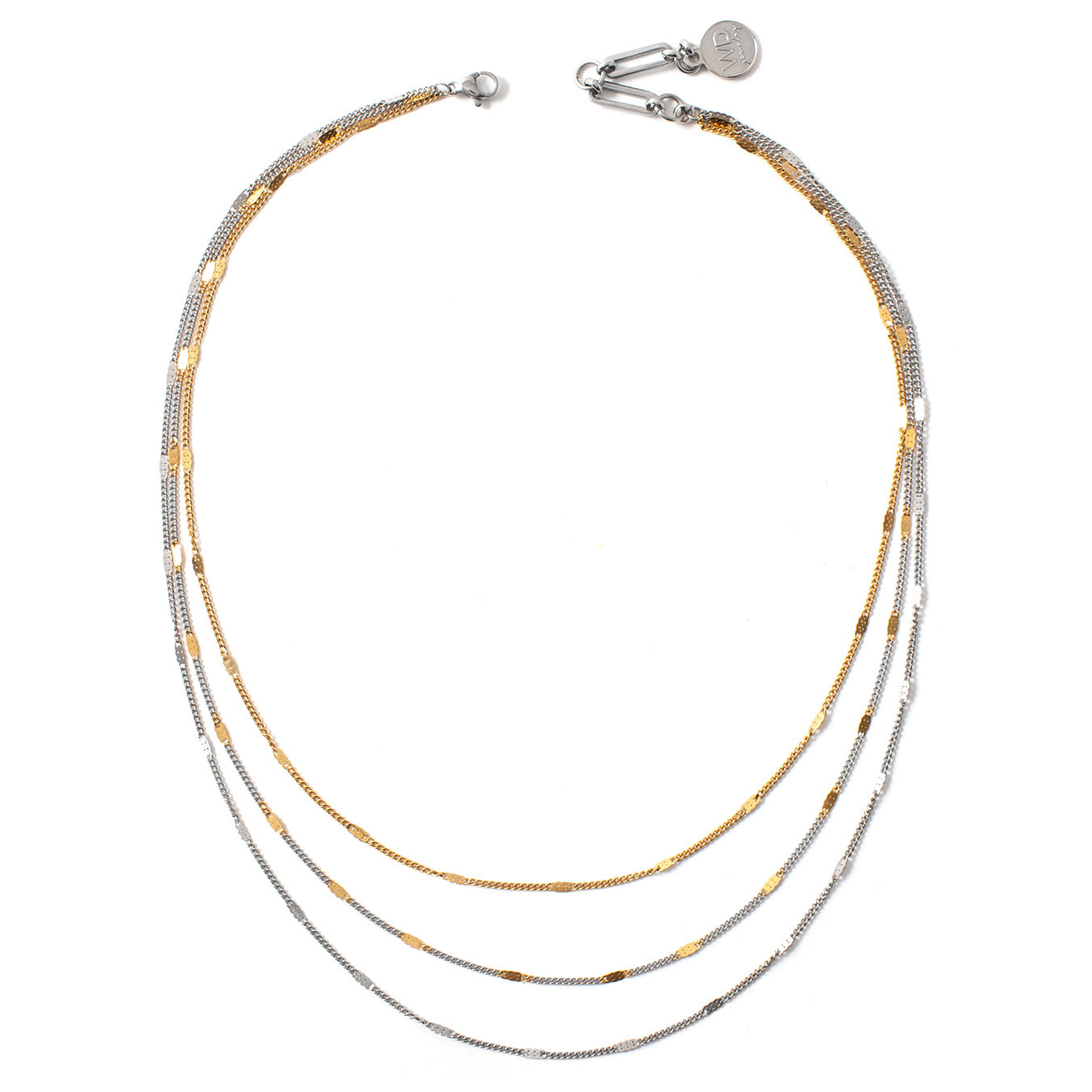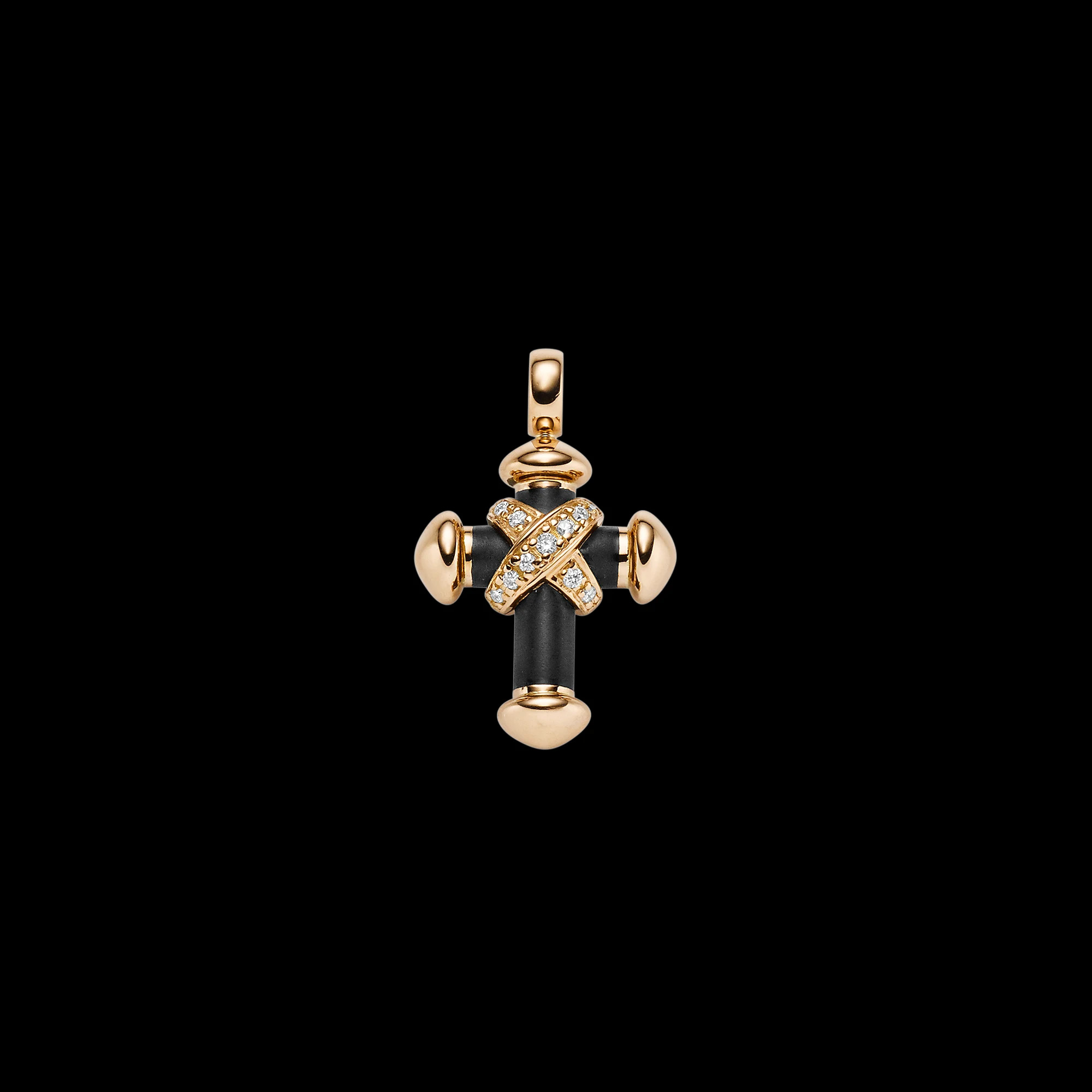Advantages of JINGYING OEM Necklace in 18kt Gold Over Sterling Silver Jewelry Services
s925 rose gold filled earrings makes custom jewelry supplier
LET’S GET STARTED : mo@kingjy.com
Advantages of JINGYING OEM Necklace in 18kt Gold Over Sterling Silver Jewelry Services
Introduction
In the world of fine jewelry, the choice between 18-karat gold and sterling silver is a critical decision that affects durability, aesthetics, and long-term value. JINGYING, a leading OEM (Original Equipment Manufacturer) jewelry service, specializes in crafting premium 18kt gold necklaces that offer superior advantages over sterling silver alternatives.
This 5,000-word article explores why JINGYING’s OEM 18kt gold necklaces outperform sterling silver jewelry in terms of:
- Material Superiority: 18kt Gold vs. Sterling Silver
- Durability & Longevity
- Hypoallergenic Properties & Skin Safety
- Luxury Appeal & Resale Value
- Customization & Design Flexibility
- Tarnish & Corrosion Resistance
- Weight & Comfort Considerations
- Market Perception & Brand Positioning
- Maintenance & Care Comparison
- Cost-Effectiveness Over Time
- JINGYING’s OEM Advantages in Gold Jewelry Production
- Future Trends in Gold vs. Silver Jewelry Demand
By the end of this guide, jewelry retailers, designers, and buyers will understand why 18kt gold from JINGYING OEM services is a smarter investment than sterling silver.
1. Material Superiority: 18kt Gold vs. Sterling Silver
A. Composition & Purity
- 18kt Gold = 75% pure gold + 25% alloy (copper, silver, zinc)
- Higher gold content = richer color & prestige
- Sterling Silver = 92.5% pure silver + 7.5% copper (prone to tarnish)
B. Precious Metal Value
- Gold is 20x more valuable per ounce than silver (market-driven).
- 18kt gold retains value better over time.
C. Color Options
- 18kt gold comes in yellow, white, and rose gold variations.
- Sterling silver is limited to one metallic tone (requires rhodium plating for white gold look).
Winner: 18kt Gold – Offers higher purity, better value retention, and more color choices.
2. Durability & Longevity
A. Scratch & Wear Resistance
- 18kt Gold: Harder than pure gold, resists scratches better than sterling silver.
- Sterling Silver: Softer, develops scratches and dents more easily.
B. Long-Term Wear
- Gold does not degrade structurally over time.
- Silver oxidizes and weakens with prolonged exposure to moisture.
Winner: 18kt Gold – More resilient for everyday wear.
3. Hypoallergenic Properties & Skin Safety
A. Nickel-Free Alloys
- High-quality 18kt gold uses non-irritating alloys (copper, palladium).
- Sterling silver often contains nickel, causing allergic reactions for some wearers.
B. Skin Discoloration
- Silver can leave green/black marks due to oxidation.
- Gold does not react with skin acids.
Winner: 18kt Gold – Safer for sensitive skin.
4. Luxury Appeal & Resale Value
A. Perceived Value
- Gold is universally associated with wealth and status.
- Silver is seen as a more affordable alternative.
B. Resale & Pawn Value
- Gold jewelry can be sold for 80-90% of market gold price.
- Silver jewelry has minimal resale value (often sold at a loss).
Winner: 18kt Gold – Better investment return.
5. Customization & Design Flexibility
A. JINGYING’s OEM Gold Advantages
- More intricate designs possible due to gold’s malleability.
- Wider gemstone compatibility (diamonds, sapphires pair better with gold).
B. Sterling Silver Limitations
- Prone to losing shape in delicate designs.
- Not ideal for high-end gem settings.
Winner: 18kt Gold – Greater creative freedom.
6. Tarnish & Corrosion Resistance
A. Gold’s Natural Protection
- Does not tarnish or corrode.
- Maintains shine indefinitely with minimal care.
B. Silver’s Vulnerability
- Requires frequent polishing to prevent black tarnish.
- Exposure to sulfur, sweat, and water accelerates damage.
Winner: 18kt Gold – Hassle-free maintenance.
7. Weight & Comfort Considerations
A. Gold’s Heft = Premium Feel
- Denser than silver, giving a luxury-weight sensation.
- Does not bend easily, maintaining structure.
B. Silver’s Lightweight Nature
- Can feel cheap or flimsy in comparison.
- Thin chains are more prone to breaking.
Winner: 18kt Gold – More substantial and durable.
8. Market Perception & Brand Positioning
A. Gold = High-End Branding
- Consumers associate gold with luxury brands (Cartier, Tiffany & Co.).
- Silver is often seen as fashion jewelry (lower price point).
B. Retail Pricing Strategy
- Gold jewelry commands higher profit margins.
- Silver is mass-produced, leading to lower perceived exclusivity.
Winner: 18kt Gold – Enhances brand prestige.
9. Maintenance & Care Comparison
A. Gold: Low Maintenance
- Occasional cleaning with mild soap suffices.
- No special storage needed.
B. Silver: High Maintenance
- Requires anti-tarnish strips & airtight storage.
- Polishing cloths needed frequently.
Winner: 18kt Gold – Saves time and effort.
10. Cost-Effectiveness Over Time
A. Gold’s Long-Term Value
- Lasts generations without degradation.
- Can be remelted & redesigned without losing value.
B. Silver’s Short Lifespan
- Tarnishing leads to replacement costs.
- No significant appreciation in value.
Winner: 18kt Gold – Better lifetime investment.
11. JINGYING’s OEM Advantages in Gold Jewelry Production
✔ Advanced CAD/CAM Technology for precision designs.
✔ Ethically Sourced 18kt Gold (conflict-free suppliers).
✔ Custom Branding & Private Label Options.
✔ Strict Quality Control (Hallmark Certified).
12. Future Trends in Gold vs. Silver Jewelry Demand
- Gold demand rising due to investment & luxury trends.
- Silver remains popular for fast fashion but lacks longevity.
Conclusion
When comparing JINGYING’s OEM 18kt gold necklaces to sterling silver jewelry, the advantages are clear:
✅ Higher material value & prestige
✅ Superior durability & hypoallergenic safety
✅ Better resale & brand positioning
✅ Lower maintenance & long-term cost savings
For jewelry businesses looking to offer premium, high-margin products, partnering with JINGYING for OEM 18kt gold necklaces is the optimal choice over sterling silver.
